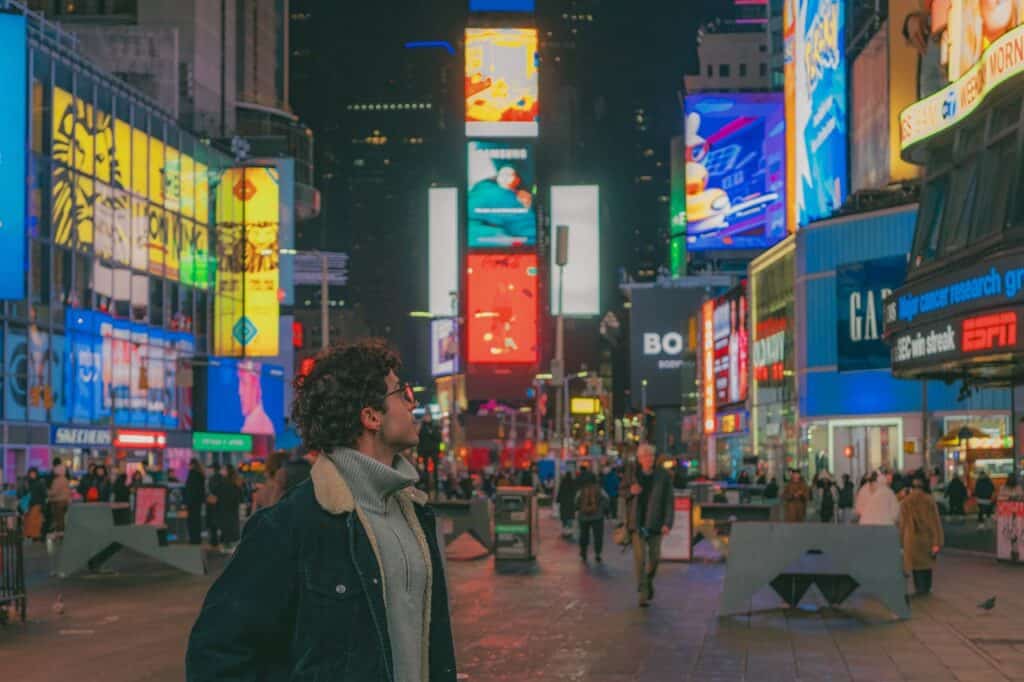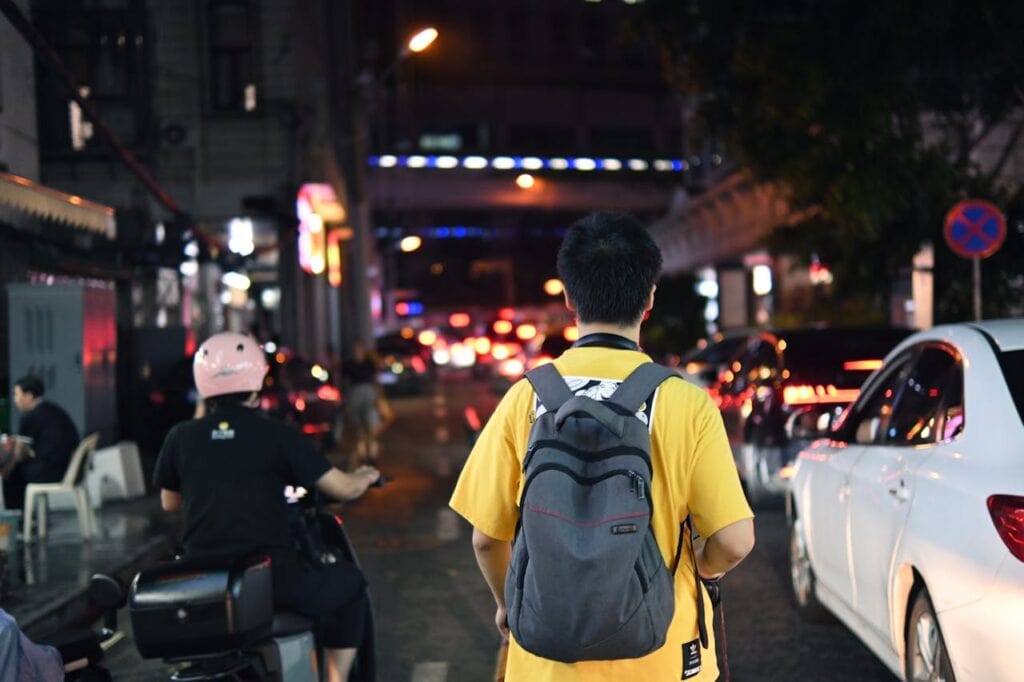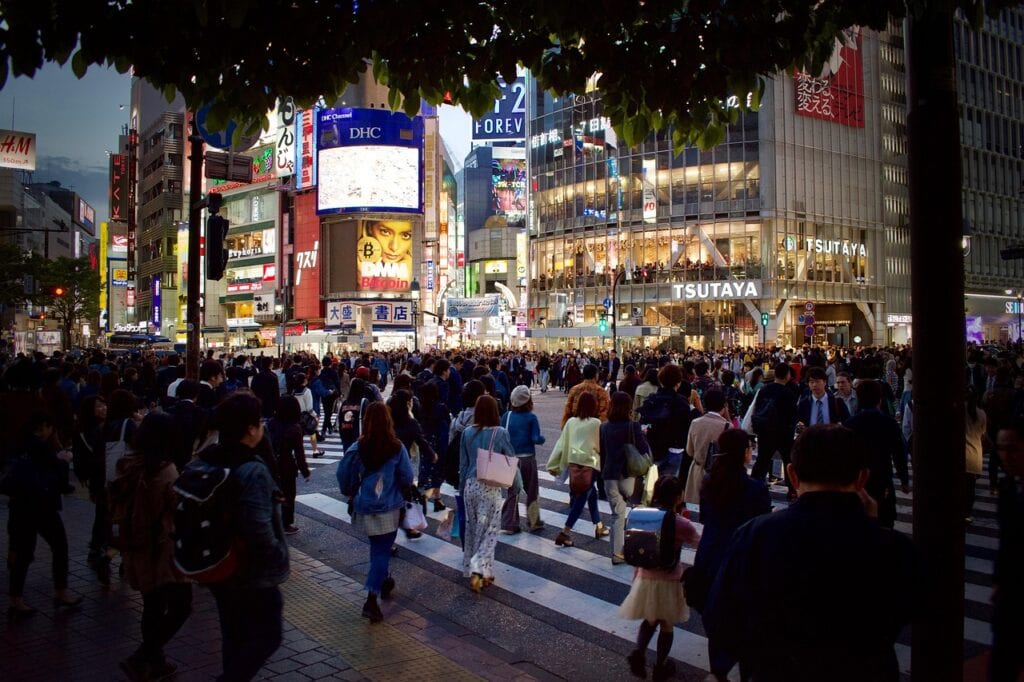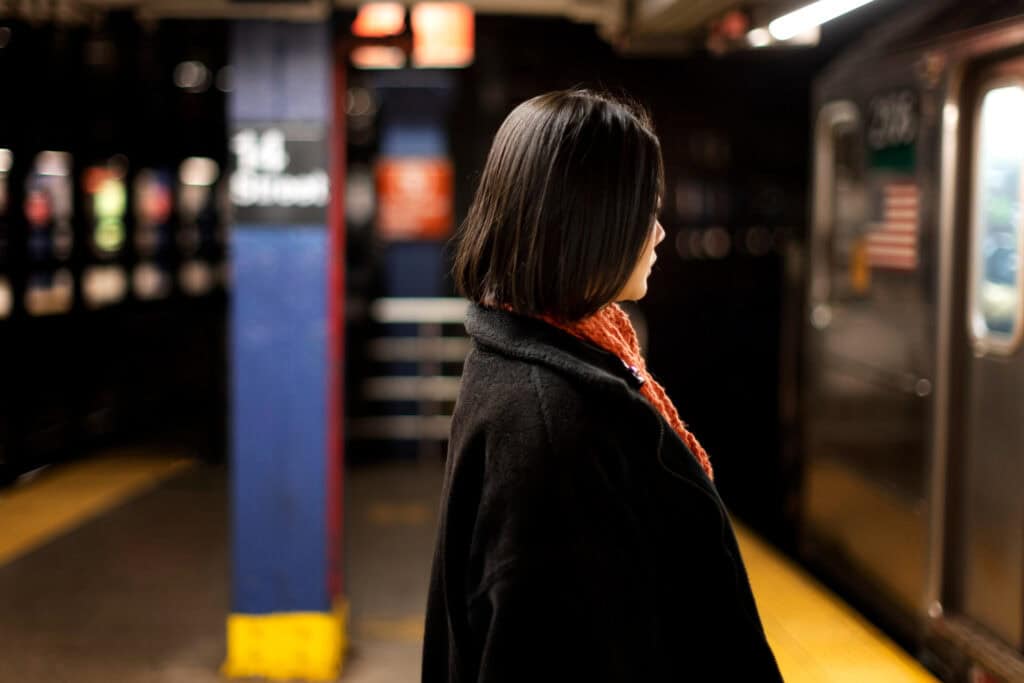We may earn money or products from the companies mentioned in this post. This means if you click on the link and purchase the item, I will receive a small commission at no extra cost to you ... you're just helping re-supply our family's travel fund.

Night walks can reset a long day, especially when streets trade glare for glow and the air turns lighter. Cities shift tempo after dusk; shopfronts dim, cafés hush, and side streets carry their own small dramas. Moving through that feels better with intention. A traveler who plans a loop, reads the mood of a block, and keeps a few habits steady usually finds the calm inside the neon. The result isn’t caution for its own sake. It’s comfort, presence, and room to notice what locals notice.
Start With A Short, Well-Lit Loop

Begin close to the stay, mapping a simple circle that returns to the same corner or tram stop. Choose corridors with frequent storefronts, steady foot traffic, and clear sightlines. A short first lap reveals where lights flicker, which blocks feel empty, and which cafés keep later hours. After that check, extending the loop becomes easy. The aim is a route that feels predictable by lap two, with landmarks that read even when signs blur.
Read The Street’s Rhythm Before Committing

Pause for a minute at the edge of any new block and just look. Are shutters halfway down, or do people still queue for dessert? Are deliveries wrapping up, or are taxis circling? A street’s rhythm speaks through lighting, voices, and the pace of passersby. If the energy dips to sparse doorways and long shadows, pivot toward a brighter spine. Let the environment vote before shoes do. Small, early judgments save longer backtracks.
Stay Where Light, Eyes, And Exits Are

Choose avenues with layered light—shop windows, bus shelters, and marquee glow—rather than single lamps over empty asphalt. Favour corners with multiple exits and regular cross streets, not dead ends or underpasses that trap momentum. Places with late-hour workers, dog walkers, and delivery riders create informal guardianship. If choices narrow to dark or loud, pick loud. The point isn’t bravado. It’s exposure to people who notice what happens on their block.
Keep Hands Free And Posture Open

Carry a small crossbody or zipped pocket setup so hands can stay loose. A free hand signals confidence, and it also handles curbs, doors, or a quick hail without fuss. Avoid juggling cups, maps, and phones at once; one item at a time keeps the rest of the scene in view. Shoulders back, chin level, and an easy pace read as purpose without rush. Good posture is not theater—it’s practical visibility and calmer breathing.
Blend In; Dress For Night, Not Photos

Neutral layers, closed shoes, and a light-reflective detail beat flashy logos and new-tourist shine. City nights can drop fast, so a compact warmer layer earns its spot even in warm regions. Bags that look ordinary travel farther than brand-screaming totes. Jewelry that won’t snag and fabrics that dry quickly help if rain surprises. The goal is comfort that disappears into the background, leaving attention free for street names, tram bells, and small decisions.
Mind Transit Hours And Last Departures

Check when trains flip to night frequency, which bus lines run past midnight, and where ride-hail pickup zones sit without confusion. Snap a photo of the platform map and save offline directions before stepping out. If service thins after 11 p.m., shape the walk toward a station with staff or a taxi stand rather than a lonely stop. A graceful exit plan keeps a peaceful stroll from turning into a scramble when shutters roll down.
Share Plans And Set Simple Boundaries

Tell a contact the rough loop and a latest return time, then stick within that window. A quick message—“looping riverfront to market and back by 10:30 p.m.”—builds a small safety net. If the walk drifts longer for a pastry detour or waterfront view, check in again. Boundaries aren’t drama; they’re logistics for when phones die or trains stall. Returning on schedule also teaches the body that night walks end cleanly, not vaguely.
Use Sound Wisely; Keep One Ear For The Street

Music sweetens a stroll, but full isolation masks bike bells, scooter hum, and an impatient car. If headphones are nonnegotiable, keep volume low or wear a single earbud. Better yet, let the city provide its own soundtrack—cutlery, scooters, and late laughter become useful signals. Audio maps and short voice notes work well for directions without eyes glued to a screen. The soundtrack should support awareness, not erase it.
Carry What Matters; Ditch The Rest

Pack ID, hotel card or address, a payment method, and a charged phone with a slim power bank. Add a compact umbrella or hood if weather plays tricks, plus a mini snack and a bandage strip for hotspots. Skip passports, big lenses, and bulging wallets. A small flashlight feature or keychain light handles unlit steps without broadcasting wealth. Lighter pockets mean easier choices, looser shoulders, and fewer moments of searching under awning drip.
Pick Landmarks, Not Just Pins

Choose physical anchors that stay visible when batteries waver: a clock tower, a neon sign, a bridge arch, a statue in a roundabout. Tie turns to those—left at the bakery with the blue awning, right at the tram depot—so the route exists even if maps freeze. Landmarks also help if asking for directions; locals respond better to named places than unpronounceable street strings. Memory sticks faster to images than to alphanumeric grids.
Keep Courtesy Close; Let The City Lead

Sidewalks belong to many users at night—workers on break, kids heading home, and crews cleaning for morning. Give doorways a little berth, avoid blocking queues, and lower the camera when families pass. If a street hosts a vigil, procession, or pickup game, find a parallel block rather than slicing through. Courtesy buys goodwill and information when it’s needed most. Let the city choose the tempo; the best nights follow, not force.